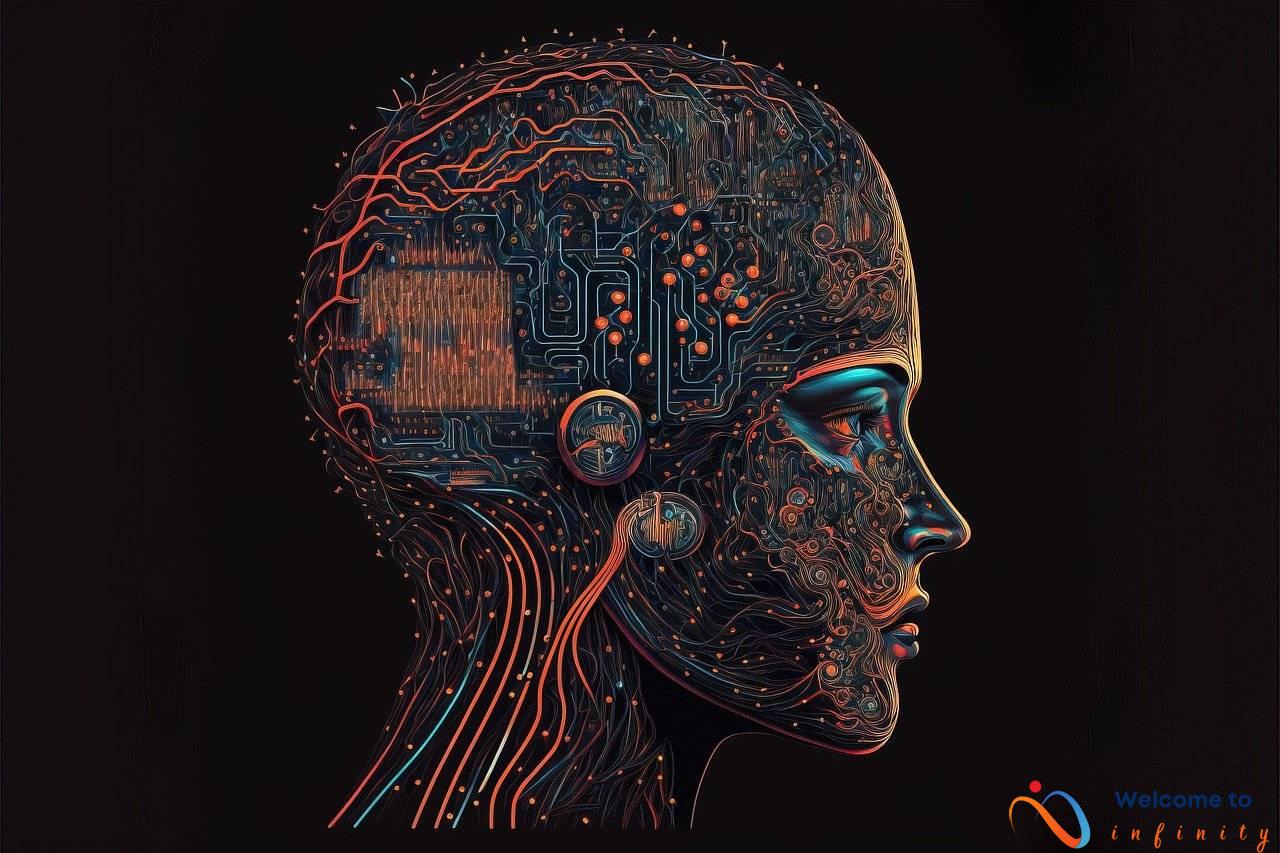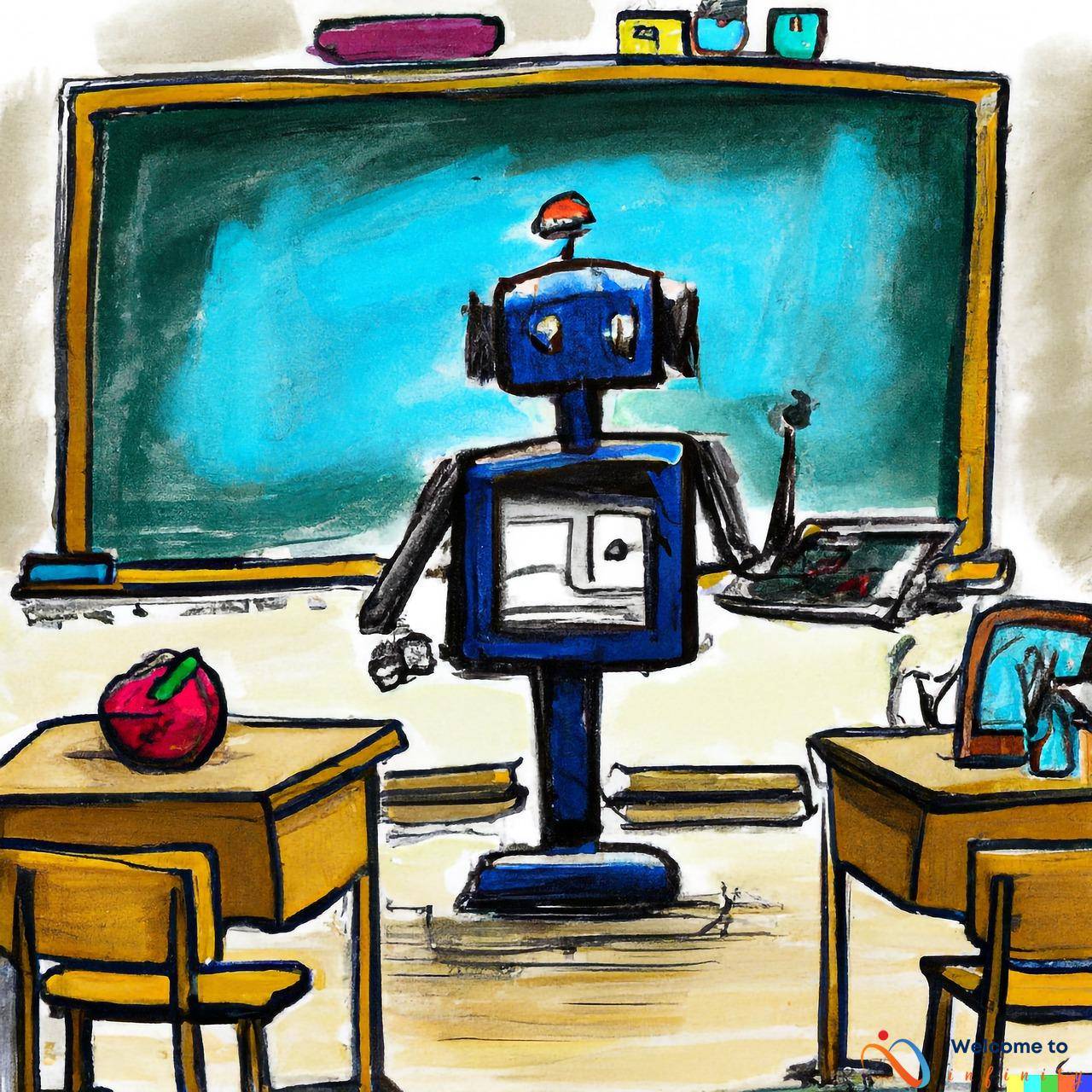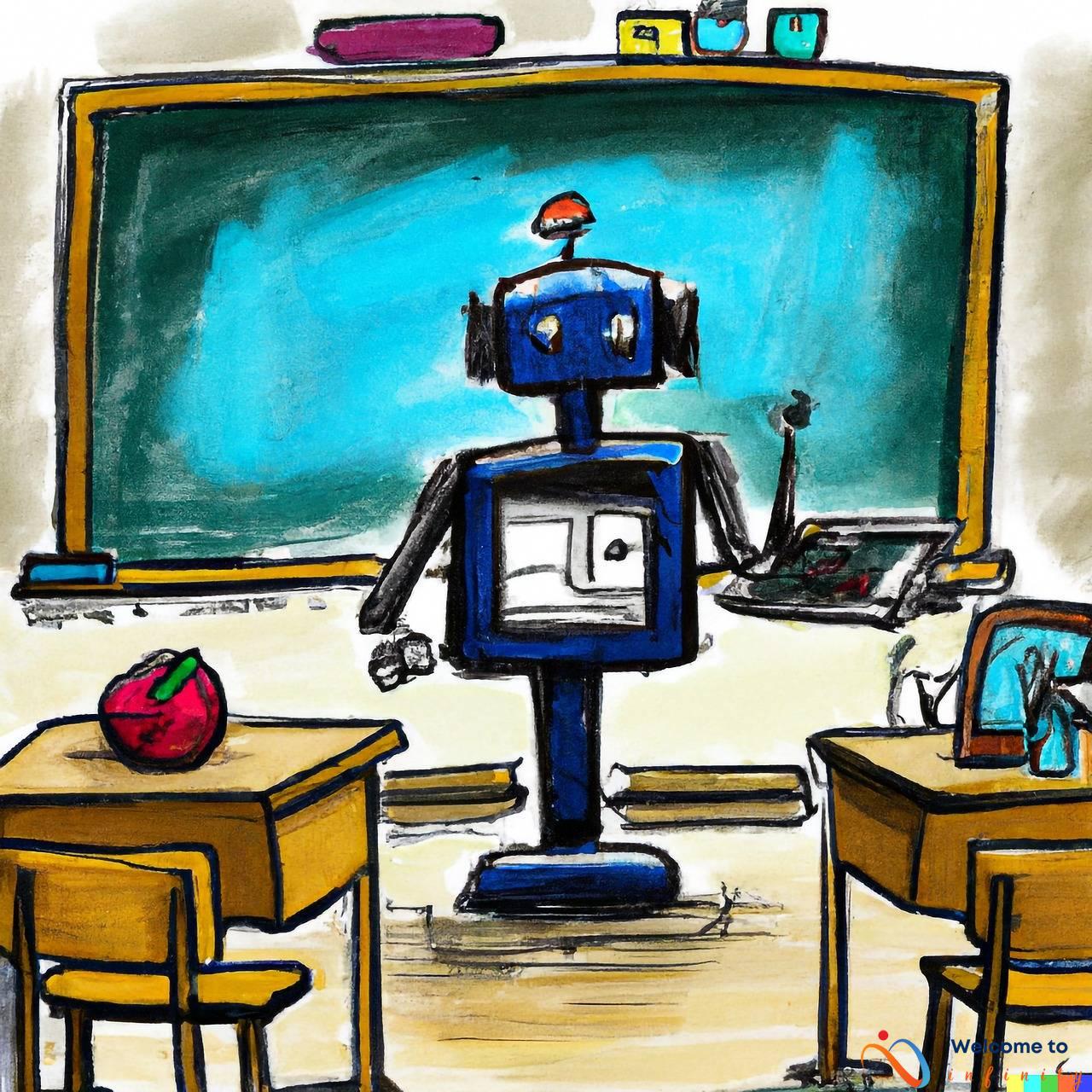Language generation models are a branch of artificial intelligence that uses deep learning algorithms to generate text that closely resembles human language. These models have a wide range of applications, including chatbots, language translation, and content creation.
One of the most exciting applications of language generation models is in chatbots. These models help chatbots engage in complex conversations with users, understanding their intents and generating appropriate responses in real-time. Chatbots powered by language generation models are more effective customer service tools as they can mimic human conversation and make the user experience more natural and efficient.
Another key application of language generation models is in language translation. These models can be trained on large datasets of bilingual text and can learn to accurately translate between languages. This ability to break down language barriers makes communication significantly more efficient and streamlined.
Finally, language generation models have the potential to revolutionize content creation. These models can be trained on any type of text, allowing them to generate original content quickly, accurately, and efficiently. They can be used in the creation of news articles, blog posts, and even entire books. This means that language generation models have the potential to significantly reduce the time and effort required for content creation, particularly in industries like journalism and publishing.
What are Language Generation Models?
Language generation models are a type of artificial intelligence that uses deep learning algorithms to generate text that mimics human language. These models are trained on large datasets of text, such as books or articles, and learn to identify patterns and rules within the language. Once trained, the model can then generate new, original text that is similar to the language it was trained on.
One of the key benefits of language generation models is their ability to produce unique and natural-sounding text. Because they are designed to follow specific language rules and patterns, the text they generate can often be difficult to distinguish from human-written content. This makes them a valuable tool for a range of applications, including chatbots, language translation, and content creation.
There are many different types of language generation models, including recurrent neural networks (RNNs) and transformers. These models can be trained on various types of data, depending on the intended use case. For example, a model trained on customer service conversations may be better suited for chatbot applications, while a model trained on news articles may be more appropriate for content creation.
Applications of Language Generation Models
Language generation models have revolutionized the way we generate text content. They have a wide range of applications, including chatbots, language translation, and content creation. With these models, we can create personalized user interactions, generate product descriptions and reviews, and even write news articles and blog posts.
One of the most popular applications of language generation models is chatbots. These models help chatbots to engage in more natural and human-like conversations with users. They can understand user intents and generate appropriate responses in real-time. This makes chatbots more effective in providing customer service and amplifies the user experience.
Language generation models also make language translation between different languages more efficient. By training on large datasets of bilingual text, they can learn to accurately translate between languages, breaking down language barriers and enhancing global communication.
Perhaps the most exciting application of language generation models is in content creation. These models can be trained on any type of text, allowing them to generate original content from scratch. This has implications for news articles, blog posts, and even entire books, where language generation models can generate large amounts of high-quality content quickly and efficiently.
When it comes to generating product descriptions and reviews, the benefits are significant. Language generation models can generate a large quantity of descriptions, and the tone used can be propagated from voice across all forms of content to maintain consistency and effective branding across all channels and departments.
In conclusion, language generation models have brought significant buoyancy to the world of content generation and various text-related tasks. These models will continue to enhance user experiences, break down language barriers, and expedite content creation with their unparalleled capabilities.
Chatbots
Language generation models have revolutionized the way chatbots operate. By training chatbots on large datasets of text, they can understand user intentions and provide personalized and relevant responses. The use of natural language processing (nlp) algorithms enables chatbots to engage in more complex conversations than ever before.
Powered by language generation models, chatbots can offer prompt and effective customer service, as they generate appropriate responses in real-time. Companies can benefit from chatbots by cost-effectively handling customer service inquiries and automating repetitive tasks.
Moreover, chatbots are capable of scaling quickly, handling several customer service inquiries simultaneously round-the-clock. With the rise of messaging apps, the use of chatbots has become increasingly popular, as more people prefer to engage with businesses through chat.
Overall, language generation models have enhanced chatbot capabilities, providing superior convenience and customer satisfaction to companies and users alike.
Language Translation
Language translation is a constantly growing field, and language generation models are revolutionizing the way we communicate across language barriers. These models can be trained on bilingual text datasets, allowing them to learn the patterns and rules necessary to accurately translate text from one language to another.
One of the main advantages of using language generation models for translation is their ability to understand context. Traditional machine translation methods, such as statistical machine translation, often struggle with understanding the context of the text being translated. However, language generation models excel at understanding the context of the text, allowing for more accurate translations.
Language generation models are especially effective in translating between languages with complex grammar structures, such as Mandarin or Arabic. These models can learn the complex grammar rules of each language and generate accurate translations, something that traditional translation methods struggle with.
With language generation models, translation can be done more efficiently and accurately, improving communication across language barriers. Companies can use these models to translate their products and services to reach new audiences worldwide, making business communication more effective than ever before.
Content Creation
Language generation models are revolutionizing the world of content creation. With the ability to learn from large datasets of text, these models can be trained to create original, high-quality content quickly and efficiently. This technology has implications for the creation of news articles, blog posts, and even entire books.
One of the most exciting aspects of language generation models is their ability to generate content on any topic. By training on large datasets of text, these models can learn the vocabulary and style of any subject matter and create original content that reflects the tone and voice of the topic.
For businesses, language generation models offer a unique opportunity to create high-quality content at scale. These models can generate product descriptions, marketing copy, and even social media posts. By automating the content creation process, companies can save time and resources while ensuring that their content is top-notch.
- Language generation models allow for the creation of high-quality content quickly and efficiently.
- Models can be trained on specific topics and reflect their tone and voice in the generated content.
- Businesses can save time and resources by automating the content creation process with language generation models.











